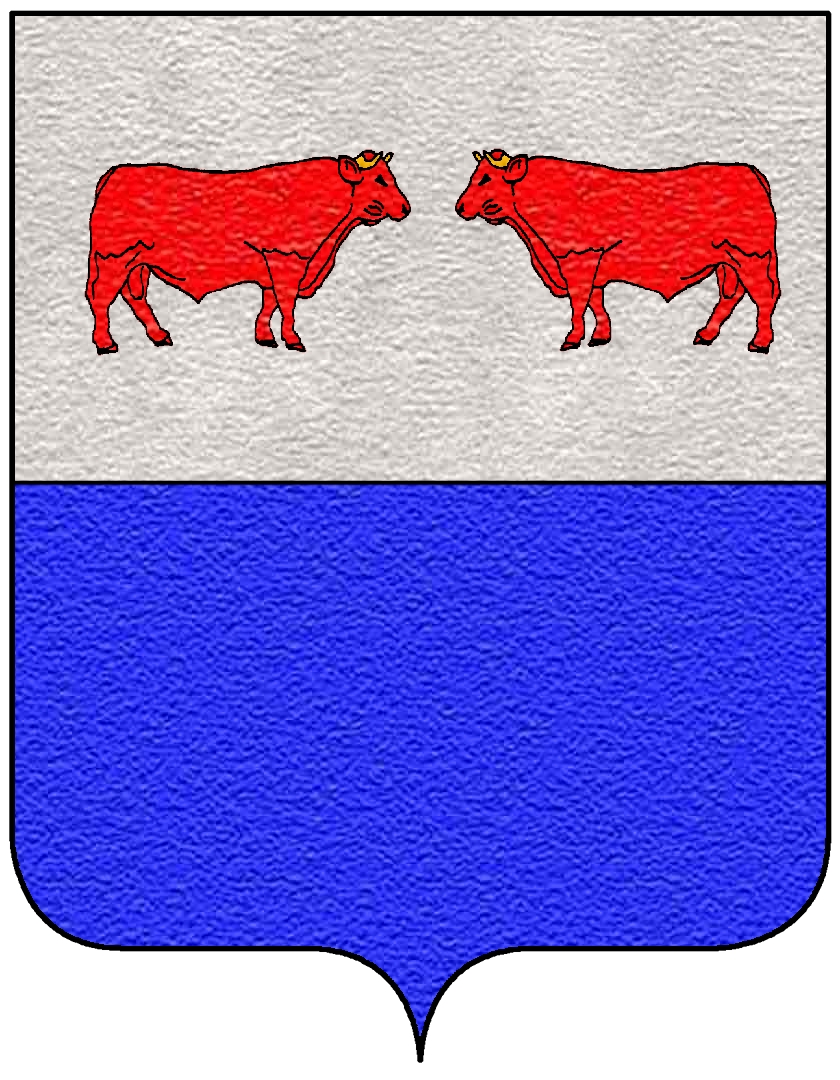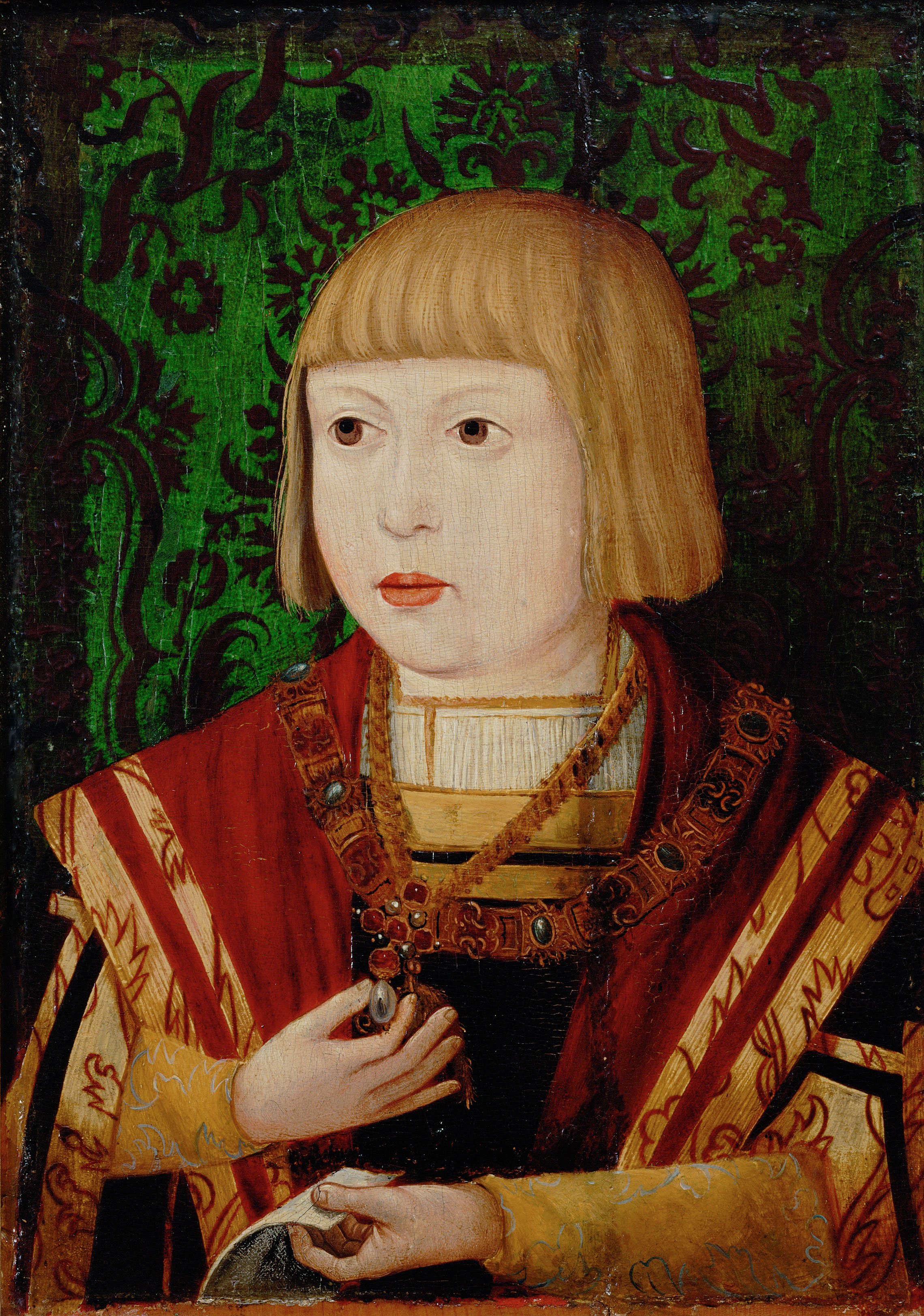|
Bocignolo
The House of Bocignolo or Bučinić was a Ragusan noble family. History It hailed from Chlieuno ( Livno), a town in Hum. In the 15th century they were one of the eleven smallest Ragusan houses. It was mentioned as living in the city of Ragusa (Dubrovnik) in 1588. In 1535 a member was at Vienna in the service of Ferdinand Habsburg, the future emperor. Prominent members *Marini de Bocignolo (1319–63). *Gervasio de Bocignolo ( 1313). *Marino de Bocignolo ( 1380). *Маrinus de Buzignolo ( 1395). *Michael de Buzignolo ( 1455), rector. *Micho de Marinus Bocinolo ( 1414–66), politician. *Marinus de Micho de Marinus Bocinolo ( 1477–90), politician. *Michael Bucignoli ( 1524). *Michael and Paulus Bucignoli ( 1537). *Giovanni Bucignoli ( 1547). *Marco Buzignolo ( 1590), ambassador at Constantinople la, Constantinopolis ota, قسطنطينيه , alternate_name = Byzantion (earlier Greek name), Nova Roma ("New Rome"), Miklagard/Miklagarth (Old Norse), Tsargrad ( Slavic) ... [...More Info...] [...Related Items...] OR: [Wikipedia] [Google] [Baidu] |
Coa Ita FAM Buzignola
Coa may refer to: Places * Coa, County Fermanagh, a rural community in County Fermanagh, Northern Ireland * Côa River, a tributary of the Douro, Portugal ** Battle of Coa, part of the Peninsular War period of the Napoleonic Wars ** Côa Valley Paleolithic Art, one of the biggest open air Paleolithic art sites * Quwê (or Coa), an Assyrian vassal state or province from the 9th century BC to around 627 BCE in the lowlands of eastern Cilicia ** Adana, the ancient capital of Quwê, also called Quwê or Coa * Côa (Mozambique), central Mozambique People * Eibar Coa (born 1971) Other uses * Coa de jima, or coa, a specialized tool for harvesting agave cactus * Continental Airlines, major US airline * c.o.a., coat of arms * Coa (argot) ( es), criminal slang used in Chile See also * COA (other) * ''Coea'', a genus of butterflies * ''Coua'', a genus of birds * Koa KOA (short for Kampgrounds of America) is an American franchise of privately owned campgrounds. Having more ... [...More Info...] [...Related Items...] OR: [Wikipedia] [Google] [Baidu] |
Republic Of Ragusa
hr, Sloboda se ne prodaje za sve zlato svijeta it, La libertà non si vende nemmeno per tutto l'oro del mondo"Liberty is not sold for all the gold in the world" , population_estimate = 90 000 in the XVI Century , currency = Ragusa perpera and others , common_languages = , title_leader = Rector as Head of state , leader1 = Nikša Sorgo , year_leader1 = 1358 , leader2 = Sabo Giorgi , year_leader2 = 1807-1808 , today = CroatiaBosnia and HerzegovinaMontenegro , footnotes = A Romance language similar to both Italian and Romanian. While present in the region even before the establishment of the Republic, Croatian, also referred to as ''Slavic'' or ''Illyrian'' at the time, had not become widely spoken until late 15th century. The Republic of Ragusa ( dlm, Republica de Ragusa; la, Respublica Ragusina; it, Repubblica di Ragusa; hr, Dubrovačka Republika; ... [...More Info...] [...Related Items...] OR: [Wikipedia] [Google] [Baidu] |
Livno
Livno ( sr-cyrl, Ливно, ) is a city and the administrative center of Canton 10 of the Federation of Bosnia and Herzegovina, an entity of Bosnia and Herzegovina. It is situated on the river Bistrica in the southeastern edge of the Livno Field at the foot of Kruzi plateau which are located beneath the Cincar mountain and rocky hill Crvenice. Livno is the centre of the Canton 10 which mainly covers an area of the historical and geographical region of Tropolje. As of 2013, it has a population of 37,487 inhabitants. The town, with its historic ruins and old town from the 9th century, was first mentioned in 892, developing at the crossroads between the Adriatic coast and inland, i.e., regions of Bosnia, Dalmatia, Herzegovina, and Krajina. History The plains of Livno have been populated since approximately 2000 BC. In the late Bronze Age, the Neolithic population was replaced by more Indo-European tribes known as the Illyrians. The region was inhabited by Illyrian tribe of Dalm ... [...More Info...] [...Related Items...] OR: [Wikipedia] [Google] [Baidu] |
Zahumlje
Zachlumia or Zachumlia ( sh-Latn-Cyrl, separator=" / ", Zahumlje, Захумље, ), also Hum, was a medieval principality located in the modern-day regions of Herzegovina and southern Dalmatia (today parts of Bosnia and Herzegovina and Croatia, respectively). In some periods it was a fully independent or semi-independent South Slavic principality. It maintained relations with various foreign and neighbouring powers (Byzantine Empire, First Bulgarian Empire, Kingdom of Croatia, Principality of Serbia) and later was subjected (temporarily or for a longer period) to Kingdom of Hungary, Kingdom of Serbia, Kingdom of Bosnia, Duchy of Saint Sava and at the end to the Ottoman Empire. Etymology Zachlumia is a derivative of ''Hum'', from Proto-Slavic '' *xŭlmŭ'', borrowed from a Germanic language (cf. Proto-Germanic '' *hulma-''), meaning ''"Hill"''. South Slavic ''Zahumlje'' is named after the mountain of Hum (za + Hum "behind the Hum"), above Bona, at the mouth of the Buna. T ... [...More Info...] [...Related Items...] OR: [Wikipedia] [Google] [Baidu] |
Dubrovnik
Dubrovnik (), historically known as Ragusa (; see notes on naming), is a city on the Adriatic Sea in the region of Dalmatia, in the southeastern semi-exclave of Croatia. It is one of the most prominent tourist destinations in the Mediterranean, a seaport and the centre of the Dubrovnik-Neretva County. Its total population is 42,615 (2011 census). In 1979, the city of Dubrovnik was added to the UNESCO list of World Heritage Sites in recognition of its outstanding medieval architecture and fortified old town. The history of the city probably dates back to the 7th century, when the town known as was founded by refugees from Epidaurum (). It was under the protection of the Byzantine Empire and later under the sovereignty of the Republic of Venice. Between the 14th and 19th centuries, Dubrovnik ruled itself as a free state. The prosperity of the city was historically based on maritime trade; as the capital of the maritime Republic of Ragusa, it achieved a high level of deve ... [...More Info...] [...Related Items...] OR: [Wikipedia] [Google] [Baidu] |
Vienna
en, Viennese , iso_code = AT-9 , registration_plate = W , postal_code_type = Postal code , postal_code = , timezone = CET , utc_offset = +1 , timezone_DST = CEST , utc_offset_DST = +2 , blank_name = Vehicle registration , blank_info = W , blank1_name = GDP , blank1_info = € 96.5 billion (2020) , blank2_name = GDP per capita , blank2_info = € 50,400 (2020) , blank_name_sec1 = HDI (2019) , blank_info_sec1 = 0.947 · 1st of 9 , blank3_name = Seats in the Federal Council , blank3_info = , blank_name_sec2 = GeoTLD , blank_info_sec2 = .wien , website = , footnotes = , image_blank_emblem = Wien logo.svg , blank_emblem_size = Vienna ( ; german: Wien ; ... [...More Info...] [...Related Items...] OR: [Wikipedia] [Google] [Baidu] |
Ferdinand I, Holy Roman Emperor
Ferdinand I ( es, Fernando I; 10 March 1503 – 25 July 1564) was Holy Roman Emperor from 1556, King of Bohemia, Hungary, and Croatia from 1526, and Archduke of Austria from 1521 until his death in 1564.Milan Kruhek: Cetin, grad izbornog sabora Kraljevine Hrvatske 1527, Karlovačka Županija, 1997, Karslovac Before his accession as Emperor, he ruled the Austrian hereditary lands of the Habsburgs in the name of his elder brother, Charles V, Holy Roman Emperor. Also, he often served as Charles' representative in the Holy Roman Empire and developed encouraging relationships with German princes. In addition, Ferdinand also developed valuable relationships with the German banking house of Jakob Fugger and the Catalan bank, Banca Palenzuela Levi Kahana. The key events during his reign were the conflict with the Ottoman Empire, which in the 1520s began a great advance into Central Europe, and the Protestant Reformation, which resulted in several wars of religion. Although not ... [...More Info...] [...Related Items...] OR: [Wikipedia] [Google] [Baidu] |
Constantinople
la, Constantinopolis ota, قسطنطينيه , alternate_name = Byzantion (earlier Greek name), Nova Roma ("New Rome"), Miklagard/Miklagarth ( Old Norse), Tsargrad ( Slavic), Qustantiniya (Arabic), Basileuousa ("Queen of Cities"), Megalopolis ("the Great City"), Πόλις ("the City"), Kostantiniyye or Konstantinopolis (Turkish) , image = Byzantine Constantinople-en.png , alt = , caption = Map of Constantinople in the Byzantine period, corresponding to the modern-day Fatih district of Istanbul , map_type = Istanbul#Turkey Marmara#Turkey , map_alt = A map of Byzantine Istanbul. , map_size = 275 , map_caption = Constantinople was founded on the former site of the Greek colony of Byzantion, which today is known as Istanbul in Turkey. , coordinates = , location = Fatih, İstanbul, Turkey , region = Marmara Region , type = Imperial city , part_of = , length = , width ... [...More Info...] [...Related Items...] OR: [Wikipedia] [Google] [Baidu] |

.jpg)



